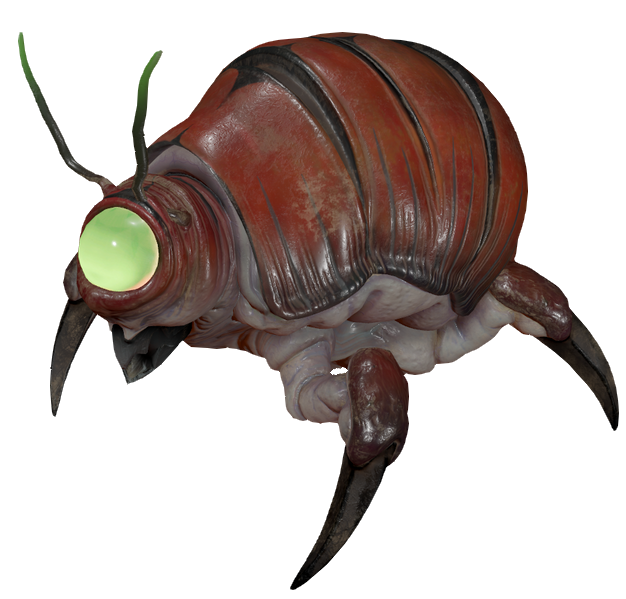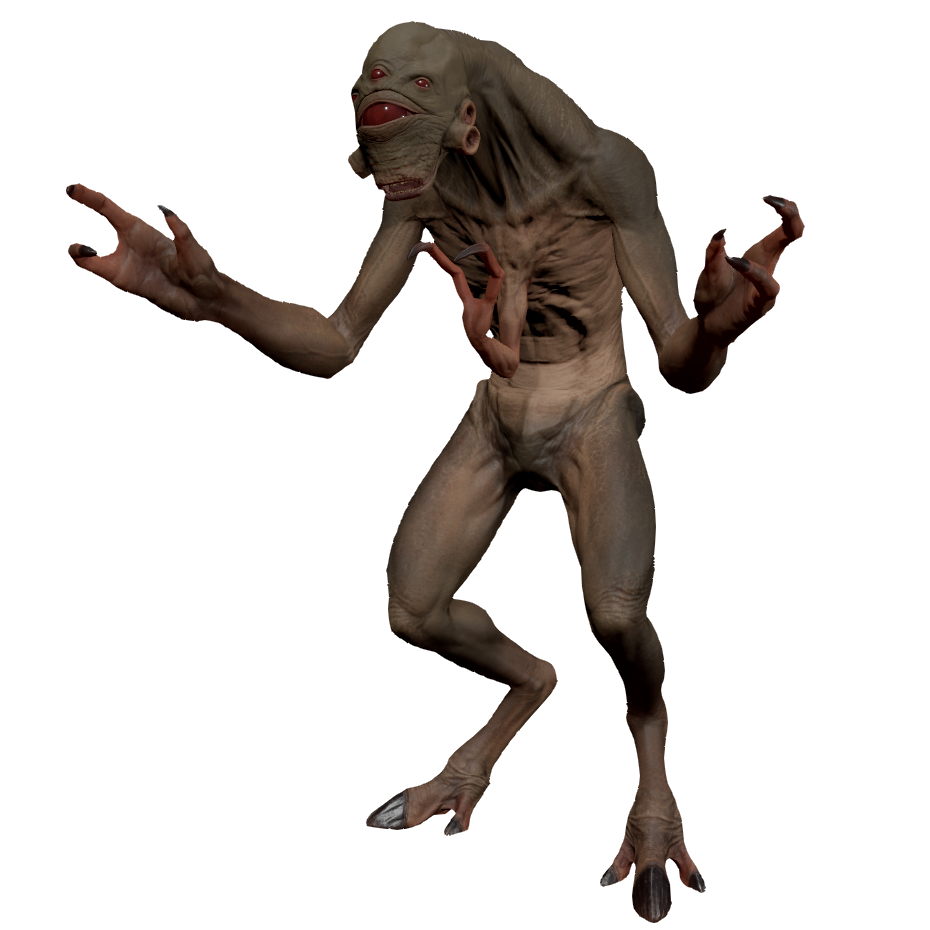
Finally Reviewing Classic Half Life Creatures
So I've never actually played Half-Life, but through over two decades of cultural osmosis, it sure feels like I have. It also still feels to me like a relatively "new" or "modern" game, somehow, even though for many of you, it's a relic of an ancient time before you were ever born.
I first heard of Half-Life from an article in "PC Gaming's" January 1998 issue, which for some reason I owned before I owned a computer that could play games.
You likely don't need a refresher on Half-Life's general premise: a secret research facility accidentally opens a dimensional rift to an alien world, and alien things come out of it. Today, we'll go over the original selection of these alien things along with a few of their facelifts in the years since, and a handful of my favorites from the rest of the franchise. In no particular order:

HOUNDEYE
"Sonicanis myriops" was the first creature I ever saw from this franchise, so it's the first one I actually associate with the game and the first I'm going to review! A simple but effective design, the Houndeye is a fat, yellow-skinned creature with three roughly dog-like legs, and instead of a head, the front of its torso opens up into a dark, insectlike multifaceted eye. Its mouth is located on its underbelly, and it attacks with a grating sonic screech canonically intense enough to cause internal bleeding. It's timid on its own, but it's bolder and deadlier in packs, which is of course the origin of the common everyday phrase "hound eye coordination."
What's also interesting about the Houndeye is that it has programmed curiosity! Idle Houndeyes in-game will closely inspect noisy machinery and flashing lights, even gently pawing at them. This is not only adorable, but it was one of the earliest, rare instances of a video game enemy programmed with behaviors not immediately relevant to killing or obstructing the player.

SNARK
Snarks were an entertaining little enemy that doubled as a weapon; almost resembling a tapered flea with a single green eye and four crab-like legs, it poured from its organic looking nests to not only bite at intruders, but eventually explode, which is in fact a defensive strategy seen in a few real-world social insects! The player could also pick up a Snark nest and use snarks like living, guided grenades, a fun enough concept that I'm surprised they didn't take off more as a "mascot" creature to the series. I certainly never see them merchandised.

VORTIGAUNT
Referred to in early development as "Alien Slaves," Vortigaunts were first depicted as hunched, insectile humanoids with clawed limbs, a small third arm in the middle of their chests and a simple, rounded head with a downward-pointing circular mouth and a massive red eye, surrounded by smaller eyes. They were also depicted with glowing, green arm bands, presumably part of a system controlling them against their will. These, like the Houndeye, were given a groundbreaking degree of depth for a video game in the late 90's: they may actually retreat when injured, and only attack again if the player isn't paying attention. In one area of the game, they aren't aggressive until another entity forces them to attack, and in their native dimension, the player can encounter several Vortigaunt that never attack at all until provoked. If possible, these may also seek out one of their dimension's "healing showers" and restore their health before they fight.

BULLSQUID
This is another one really iconic to the first game, but kind of left out of the sequel last-minute. It's a speedy, predatory beast with a single pair of muscular legs, a reptilian tail, two bulging pupil-less eyeballs on its sides and a lovably nasty little fang-filled maw surrounded by thick, blood red tentacles. It also kind of looks like a big lizard or a salamander if the front half exploded. Their behavior is a little simpler; they're almost always aggressive and they either maul you to death when you're close enough or spit toxic green gunk when you're too far away. What's interesting however is that they're also aggressive to most other creatures, even other Bullsquid, but least likely to attack Houndeyes.
Is that like coyotes and badgers, benefiting one another as hunting partners, or is it like how crocodiles tolerate hippos because hippos are exceptionally well-equipped to demolish crocodiles and both would rather just not stir up trouble?

BARNACLE
Named after one of my favorite animals! But this thing is definitely one of those "alien coincidences," since a real barnacle is just a filter-feeding crustacean hiding in its own glued-down shell. A "Barnacle" from the dimension of Xen on the other hand is a soft, slimy polyp with a ring of gnashing fangs and an incredibly long, powerful adhesive tongue. It's like a sea anemone with teeth instead of tentacles, and it hunts just by hanging upside-down from ceilings, waiting for prey to blunder into its tongue. This is also more or less how some predatory fungus gnat larvae hunt with hanging strands of mucus!
Also, in this incarnation, it can accidentally snag only your helmet or hat if you happen to be wearing one, an obvious and entertaining mechanic they should have had day one.

ICTHYOSAUR
Somehow, this is the one I'm constantly forgetting exists; a boss-style encounter, it's an aquatic beast a little like a coelecanth with a grumpy, fang-toothed dinosaur head and a pair of arms, each ending in a single pickaxe-like talon. The fish-like body is perfectly believable for an alien creature; there's only so many shapes that are efficient for rapid movement through a liquid environment, and we've seen multiple unrelated animals evolve the distinct shape of a "fish" right here on planet Earth, including the original "icthyosaur," a reptile you could have mistaken for a shark or a dolphin. The eyes and jaws of this creature, on the other hand, feel Earthly enough to be a little underwhelming to me; I'd have personally given it a vertically oriented or radially symmetrical mouth.

LEECH
These oft-overlooked little creatures are small, weak swimming enemies in the first game, found in flooded areas of the research labs. They have a suitably alien look to them, too; a pale, tubular, wrinkled creature with six dark eyes, a flattened tail, and a toothless mouth with a hooked beak-like lower jaw. A simple creature that stabs its prey and guzzles body fluids, more like a lamprey than a leech.
They are, however, easily the most frightening and upsetting creatures in the series, for the simple fact that by the second game and on, they've invaded Earth's oceans to the point of wiping out the majority of our own marine life. There are presumably no more sharks, no more bony fish, no more cetaceans or cephalopods or sea turtles. It's more morbidly depressing than any apocalypse where only human civilization collapses.


TENTACLE
I've always liked the idea of a creature that's JUST a "tentacle," though in this case there are quite commonly three of them at once, and in at least one instance, they're connected to a squid-like central body hidden deep within a pit. Each tentacle itself could easily pass for its own creature, however; a segmented green stalk, like an insect limb stretched out into a spinal column, ending in a large, elaborate crescent blade with a pair of segmented palp-like fingers and a small, dark knob on top bearing a couple of tiny, red eyes, one above the other. The squid-body has six red eyes of its own, but I'd have left these out and let the "tentacles" double as its "faces!"

XEN FLORA
Overlooked as a proper "enemy creature," there are various organic, sedentary growths seen throughout the dimension of Xen, and three of them have a tendency to appear together in different combinations: pale, egg-like pods held up on multiple dark stalks, small antenna-like growths with luminous tips, and a kind of "tree" resembling a single wrinkled, bent root with a sharpened tip, like a giant earthworm looming out of the ground. Most of these are all found near at least one of the other varieties, and all three appear together at least a couple times, so it's entirely possible that they have a symbiotic relationship or even belong to the same species, either as life cycle stages or different growths of the same subterranean organism.
Of the three, only the needle-tipped "tree" is aggressive, and will try to impale anything that wanders within reach. Interestingly, its attack behavior can be triggered by the footfalls of large enough creatures from a distance, so it obviously relies on vibration! Is this a defensive behavior, or does it sustain itself on the nutrients of decomposes creatures? Could the luminous stalks attract certain prey species?


ALIEN CONTROLLER
This is the being that apparently controls enslaved Vortigaunts, and it disturbingly looks like a grotesquely twisted Vortigaunt itself. It's identical from the neck down, but its legs only dangle, since it floats through the air telekinetically. Its huge, spherical head can split open into three petal-like lobes, and inside, a pyramidal glowing contraption is fused into its visible brain. Its origins are never completely explained, but we can extrapolate that they're an unnatural creation of the final antagonist:

NIHILANTH
The final boss of the original Half-Life is shaped remarkably ike the Alien Controllers; a three-limbed, levitating semihumanoid with a giant egg-shaped head. It's quite clearly not a Vortigaunt, however, looking more like a hideously distorted human baby with a dash of classic "grey alien." The third arm in its chest, the only thing in common with the Vortigaunts, is visibly sewn and grafted into it surgically, and its entire aesthetic is just slightly out of place. This is because the Nihilanth is an invader from an even more distant dimension that invaded Xen and enslaves the Vortigaunts through the controllers, which you retroactively realize are Vortigaunts it surgically and cybernetically modified into crude imitations of itself.
This is especially unsettling when we learn in later games that the Nihilanth was the last survivor of a mass genocide by, you guessed it, another alien empire from yet another reality. What people thought was just the evil, alien mastermind of Half Life's events was, all along, a victim of interdimensional war driven mad with fear, enslaving an alien race just to protect itself and invading Earth just to retreat even farther from its original enemies.

HEADCRABS
The Nihilanth was the final boss, yes, but I thought I should save these for the last of the first game's creatures, or at least the creatures that made its final cut, since they're the most famous and iconic in the franchise, easily considered its "main" enemies. The design is an elegantly simple one: a pale, bulbous creature, almost ball shaped, with two stumpy back legs and two longer, hook-tipped forelegs, overall like a monstrous four-legged tick or mite, or perhaps like a plucked and headless chicken carcass scuttling around! Early designs also had six beady, black eyes almost hidden near the forelegs, but these were removed in subsequent appearances, and personally I agree that eyeless was the way to go. There's also a big, round, sucker-like mouth dominating the underside, and that's where the real fun comes in!
My personal hypothesis, based on nothing except that I think it would be cool, is that Headcrabs simply have a very long and unforgiving life cycle. Some marine organisms can produce thousands of tiny, planktonic young at a time, but only a handful may ever survive to adulthood. Some creatures even spend many years, even decades in their juvenile form before a final metamorphosis dedicated strictly to reproduction. Some animals fight to the death for the right to even mate at all, some risk being slaughtered or cannibalized by potential mates, and some, most famously bedbugs, engage in traumatic insemination, actually wounding their mate during the fertilization process and ultimately killing off the weakest. For all we know, only one in a million Headcrabs could survive the long, violent adolescence as brain parasites, and only one a million of those survivors could make it through their brutal reproductive habits to produce a single Gonarch.
CUT CONTENT
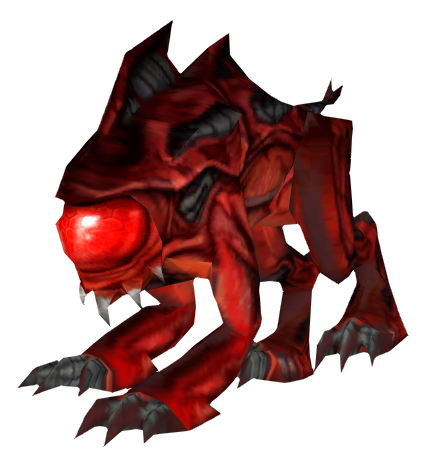
PANTHER EYE
We're now going to look at creatures scrapped from the original game! Not all of them, but close to it! This example looks like it would have been related to the Vortigaunt, at least as distantly as a dog is related to a human. A quadruped with an exoskeletal surface and one big, blood red insect eye above a single row of hooked fangs. Cute, maybe a little too simple, but apparently only cut because they had some physics issues with a four-legged enemy creature.

FLOCKING FLOATER
It's really a shame that SUCH an alien-looking lifeform was cut! This creature floats through the air from a bulbous, colorful gas-filled sac, below which sprouts a short, tubular trunk tipped with a sensory antenna, the end of which is a pair of little claspers, like a toothless fly-trap. Beneath this trunk is another trunk ending in a hole that may have been in its mouth, but would have also shot gas-propelled projectiles at adversaries. From the back of this trunk is a large "fin" or "sail," basically three clawed finger-like appendages with webbed skin between them. It's an anatomical plan I've honestly never seen anywhere else, even if I've seen its individual elements on other creatures!

CHARGER
This inhabitant of Xen had a body like the abdomen of an insect, two large chitinous legs, and a seemingly featureless round head that could actually split open, like a bivalve shell, to reveal the more conventional many-eyed, dinosaur-like alien face beneath it. The idea of a ramming creature that closes up its head in a tough shell is a cool one I've seen only a couple of times before, mostly in kaiju, though its true face could have been a little more alien, I think,

STUKABAT
This creature would have just been something like a purple and red pterosaur, but with the many small, red eyes common among some Xen creatures as well as the three-legged anatomy of species like the Houndeyes, two legs adapted into wings and one into a hooked claw for attacking prey, hanging from ceilings, or moving on the ground in a tripodial fashion. The head has a bit of "deep sea fish" vibe, with overly large jaws and teeth that barely interlock, and the lower jaw consists of two disconnected mandibles, so it sort of has a tripartate alien mouth adapted into a more Earth-like biting apparatus, which I appreciate. I can't see this one ever sticking out in player's memories, however; it's still basically just a slightly strange looking bat monster.

CHUMTOAD
The Chumtoad appears in some other Half Life games, but was tragically cut from the original despite how much fun the team evidently had with it. Simply resembling an alien, purple frog with one big, red eye, the toad was to be a creature so lowly and pathetic that its only purpose was to be fodder for other creatures; a tasty treat you could lure or distract various enemies with, just like "chum" for baiting fish!

THE KINGPIN
This is actually one of my favorite designs here, so it's a shame it was scrapped; the kingpin is a pale, squishy creature with a wobbly bulb of a head, like an octopus, two raptorial forelimbs and a slithering, sluglike tail. It also has large circular holes on the sides of its head that seem to expose brain tissue, and it has four tiny little black eyes on cute little stalks spaced around that same swollen cranium, which would have given it 360 degree vision in-game. All we know is that it used psionic attacks, and maybe its concept simply became too redundant with the Controllers and Nihilanth, but I think it has a much more interesting, more otherworldly design, with a charmingly creepy "dead mollusk" sort of vibe.
This brings us to the last creature I'll be reviewing, and the most legendary of any cut from this or countless other games:

MR. FRIENDLY
As the story goes, one of Valve's software engineers, Ken Birdwell, had a friend whose little brother, Ted Backman, liked to draw weird looking creatures. Birdwell would remember this when Half-Life began development a few years later, and had a now older Backman submit some designs. These turned out to be more disturbing and much more "sexually-oriented" than Birdwell's memory of a younger, pre-teen Backman's imagination, but director Gabe Newell loved the uncomfortably Freudian aesthetics, and Backman would later go on to design many of the game's iconic organisms.
The most unsettling of those original submissions was Mr. Friendly, a seemingly confused and lonely creature that would have killed the player in a misguided attempt to mate. While this behavior was deemed a bit too nasty for the game, Friendly's design was received well enough to continue development all the way to being modeled, animated, and coded into the game:
Most games lacked the processing power to keep corpses around for long, so they typically had to disappear after a set period of time or even as soon as they were off-screen. Since Valve wanted to avoid unrealistic gaming tropes wherever possible, an in-game scavenger offered a novel explanation to this pesky inconsistency. The creature's resemblance to a big floppy dong is likely why it was still dropped at the last minute, but I really think that was a big mistake; not only is the in-game role a novel and interesting niche, but I personally think the design is no more overtly sexual than Giger's xenomorphs, and any controversy it might have generated would have only been free advertising.
The awkward movements of the creature even give me the impression that it evolved for a slightly different level of gravity, which also would have fit well with the themes of the game, and isn't something I've seen addressed in a lot of other science fiction. All in all, I think Mr. Friendly was robbed and we were robbed. We should have been enjoying over 20 years of Mr. Friendly plushes and action figures and cross-franchise cameos. He actually might be my favorite design made for the original game. A blind, skulking corpse-eating tentacle schlong would have enriched its bestiary SO much!
But speaking of things that aren't quite in the game, or might have been, or might not be, or who the hell even knows, I do have one more creature to discuss. Sort of. Maybe I already did? I...I don't know!
WHAT WERE "LAMPS FROM HELL?!?!"
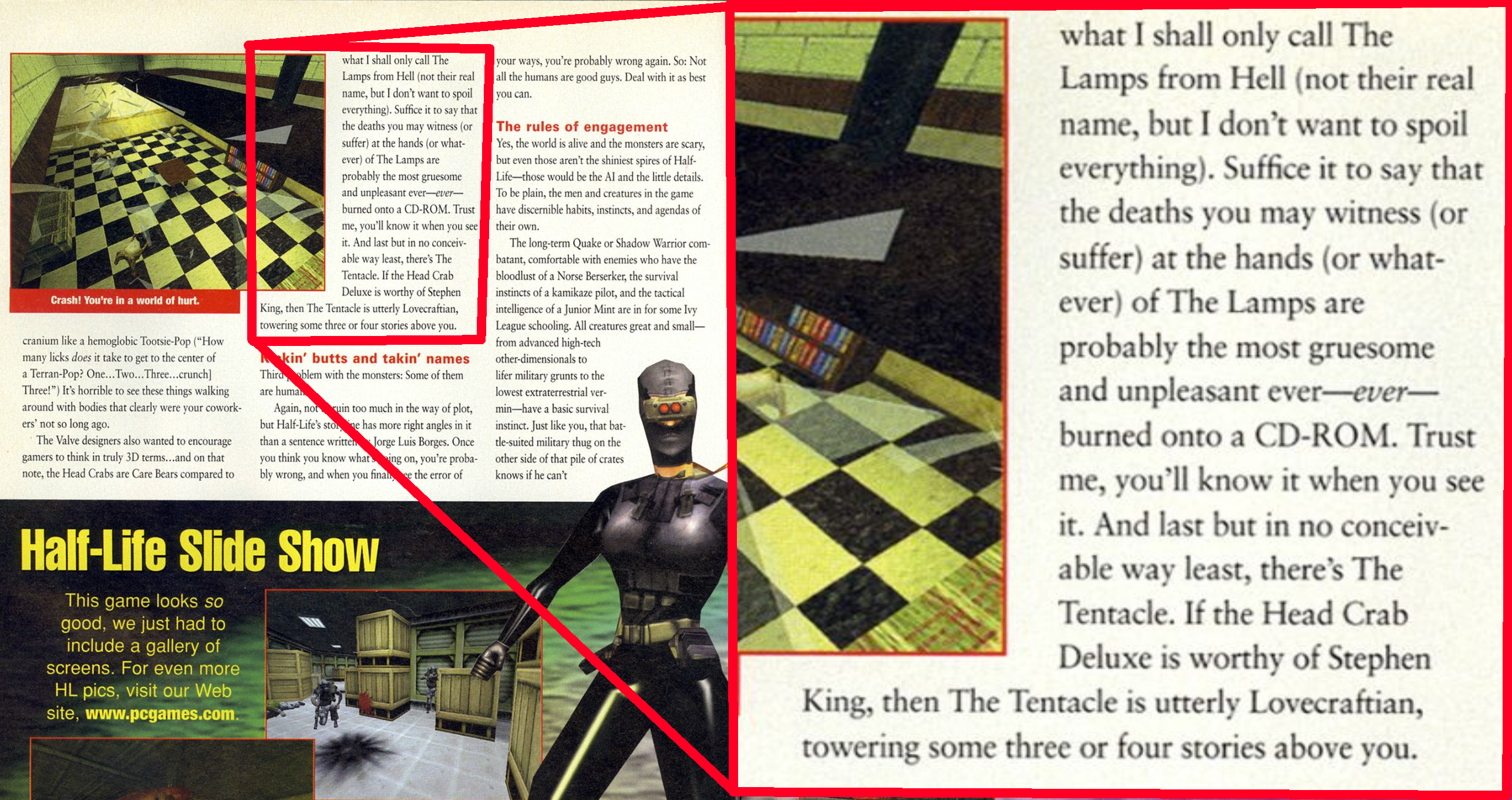
I mentioned earlier how earnestly Half-Life was hyped up by "PC Gaming" magazine, and this excerpt in particular really stuck with me. For those who require a text to speech reader, the author discusses a creature he refers to as "The Lamps from Hell." He says that this is not their real name, but that he doesn't want to spoil them. He goes on to say that, quote, "the deaths you may witness (or suffer) at the hands (or whatever) of The Lamps are probably the most gruesome and unpleasant ever - ever - burned into a CD-ROM." He even ends this rather bold claim with "trust me, you'll know it when you see it."
Well...it's been over two decades since this article, and no, I never "knew it when I saw it."
The author already described the barnacles on a prior page and goes on to describe the tentacles, so neither of those can be these "lamps" that he dares not spoil.
The Nihilanth and Controllers might be considered "lamp-like," with their bulb shapes and their glowing energy attacks, but these don't kill the player or any NPC in any unusually graphic manner at all.
By far the most grotesque manner of death in the entire game is via Headcrab, but these were also spoiled by the article, and do not resemble "lamps" by any stretch of the imagination.

Finally, there's a rare hazard in Xen that looks very literally like a lamp, the violet crystal, which is technically considered another alien life form and can also kill you, but it merely fires a laser when you get too close. This is, again, FAR from "the most gruesome and unpleasant" death "ever, EVER" burned into a CD-ROM.

Whatever "the lamps from hell" were, they had to be something at least vaguely reminiscent of a lamp, they had to be something that could kill in a manner that shocked a 1990's gaming journalist, they had to be some sort of "creature" from the way they're described, and they couldn't be any creatures the same author was willing to spoil. Which leaves...well, nothing. It leaves nothing that I can come up with. Nothing anyone has been able to come up with, anywhere I've posited this question.
Perhaps it was some sort of cut content lost even to the fandom wikis? Perhaps it was some bizarre glitch that only happened once? Perhaps it was one of the other enemies spoiled by the same article, an inconsistency created by its final editing?
A hallucination? A bad trip? Trolling?
Maybe the real lamps from hell were inside us all along?
WELL, UPDATE:

Daleksvsdinosaurs on twitter actually found the article's original author, Chris Hudak of Gametheorymedia...but over 20 years later, he can't remember what exactly he was referring to either, and like many of us, he suspects it may have even been something that was cut.
It looks like we really won't ever know for sure, but to be honest, I think that's as it should be. There are some things we shouldn't know. Sometimes we just need a little more magic in the world, and sometimes that magic is that there might have been a really sick ass lamp once in a video game.
WAYS YOU CAN SUPPORT THIS SITE!
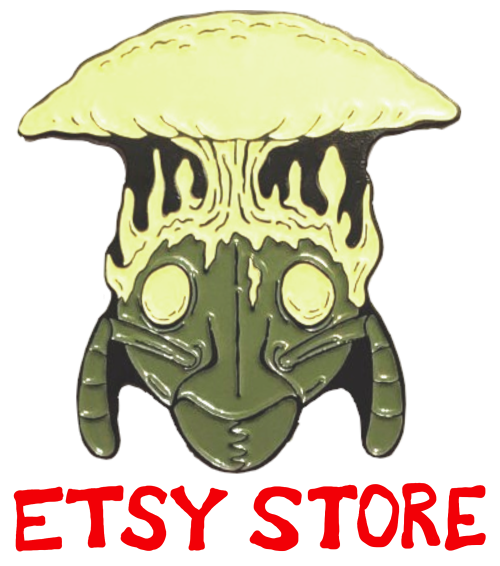
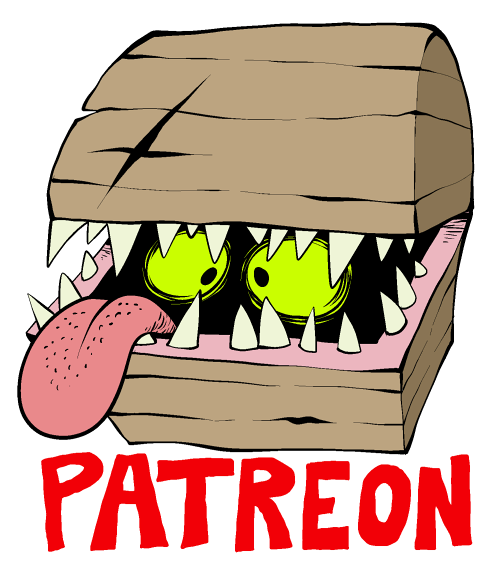

MORE HALLOWEEN FEATURES:

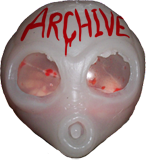
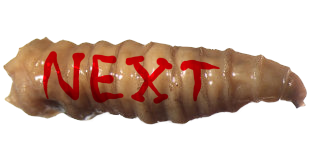







MORE HALLOWEEN FEATURES:






